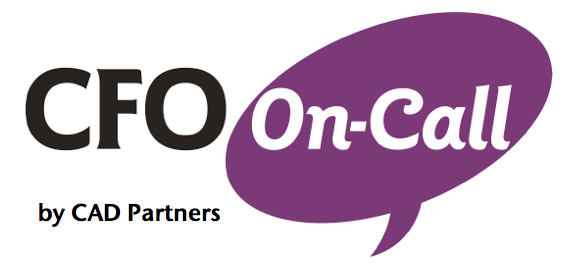Improve Profit, Cash Flow and Peace of Mind with a Financial Roadmap’ from CFO On Call
 The end of the 2012/2013 financial year is fast approaching and now is the time to assess business performance and set targets for the new financial year.
The end of the 2012/2013 financial year is fast approaching and now is the time to assess business performance and set targets for the new financial year.
A ‘Financial Roadmap’ will help improve profit and cash flow, by ensuring funds will be available to spend on developing new products and services, marketing, sales, operations, customer service and human resources. To grow a business you must have funds available at the right time.
The easiest way to develop a financial roadmap is to have a Budget and a Cash Flow Forecast. Here’s the difference between the two:
A Budget is a financial plan – what you are going to sell – what it is going to cost and what overheads you are likely to incur. It also includes finance costs such as interest. The budget sets out how much profit or loss the business is planning to make, usually on a monthly basis.
A Cash Flow Forecast is a plan of when the cash will flow into and out of the business. It’s important to have both, because a budget may show that you’re going to make profit, but customers take time to pay and suppliers require payment, often before customers have paid you. It’s vital to plot this all out in black and white, so that you can see where the ‘peaks and troughs’ are likely to occur and plan how you’re going to manage them.
A budget may be required by lenders and only done for that purpose, but do a budget for yourself. As a business owner, it provides you with a fantastic financial roadmap to help clarify what everyone needs to work towards.
People often say “I can’t do a budget because I don’t know exactly how much I’m going to sell”. This is a reasonable enough statement, but shouldn’t put you off developing a budget with best estimates.
The best way to start a budget is to work out your ‘break-even point’. Break-even point helps you to work out how much you need to sell to make neither a profit nor a loss i.e. a zero result. Obviously this isn’t what you’re in business for, but it will give you targets to work towards and to avoid losses. To work out your ‘break-even point’, begin with your overheads i.e. the fixed expenses you incur whether you sell anything or not, such as rent, permanent staff wages, equipment leases etc.
You then need to know what your gross margin is on sales. Gross margin is the percentage you make on sales after direct costs of your product or service, such as cost of the actual product or labour and materials on jobs are deducted. For example if you know that products or jobs cost you 40% (on average) of your sale price, that means you’ve got a 60% gross margin left to cover your fixed expenses. If your yearly fixed expenses are $600,000 you will need to sell $1,000,000 to break-even.
Example Calculation:
Monthly Fixed Expenses = $50,000
Cost of Goods percentage = 40%
Gross margin = 60%
Formula = Monthly Fixed Expenses / Gross Profit Margin
Result = 50,000 divided by 60% = $83,333.33
